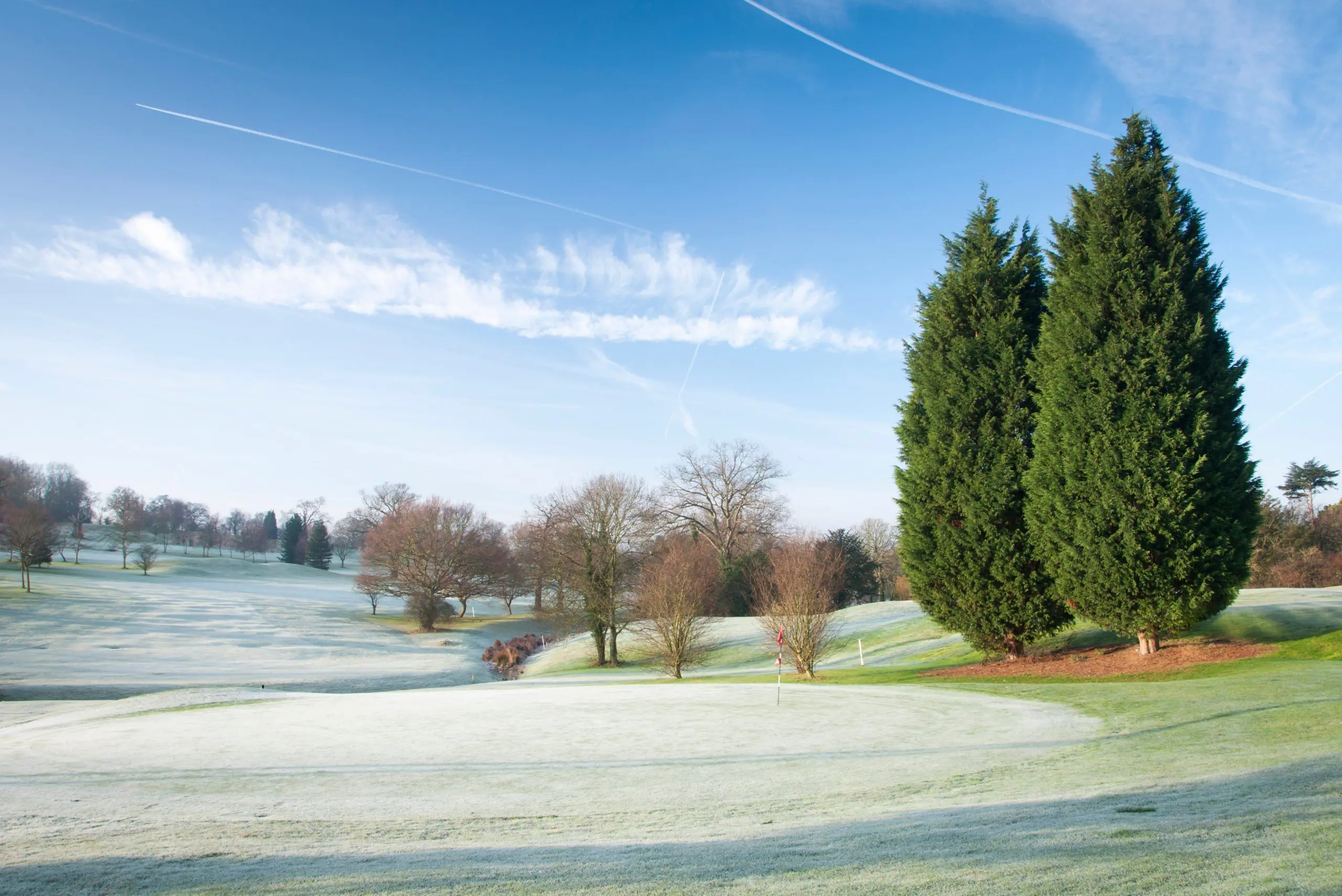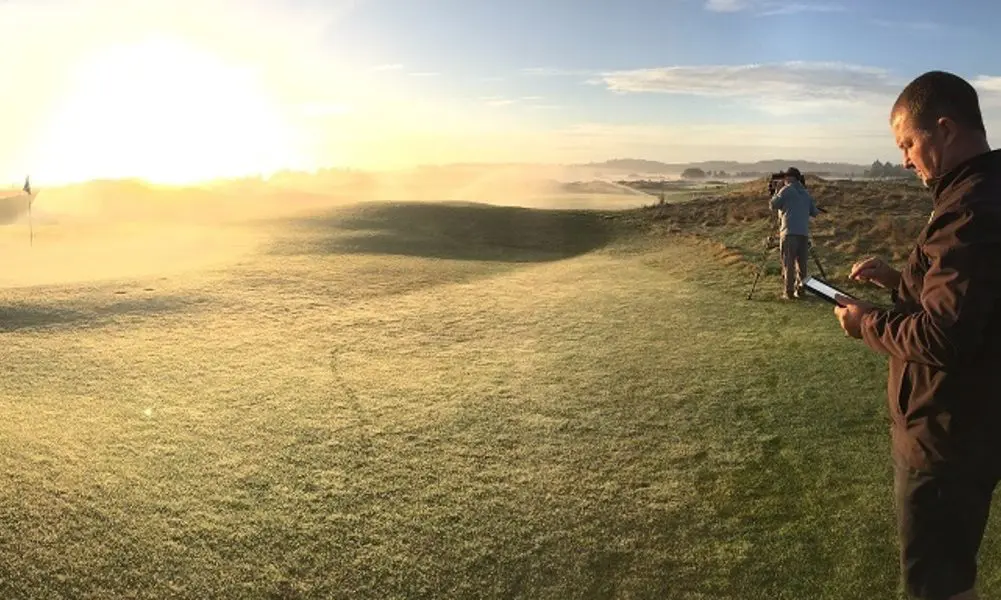Overcoming Winter Woes: Common Issues Golf Courses Face in New Zealand
New Zealand boasts a stunning landscape and a rich golfing heritage, attracting both local enthusiasts and international players. However, the country’s unique geography and climate present a distinct set of challenges for golf courses, particularly during the winter months.
In this article, we will explore the common issues that golf courses in New Zealand struggle with during winter and discuss potential solutions to overcome these challenges.
DELUGE-IONAL GOLFING
New Zealand’s winter season is usually characterized by increased rainfall, and for some parts of our country, this is following an already extremely wet Summer and Spring.
There is a high risk of excessive water accumulation on golf courses, resulting in flooded fairways, waterlogged bunkers, and soggy greens. Poor drainage systems exacerbate the issue, making it difficult for courses to recover quickly after heavy rain. This poses a significant challenge for maintaining playable conditions.
To combat this, golf courses can employ various drainage techniques, including installing effective sub-surface drainage systems, regularly maintaining existing drains, and strategically contouring fairways and greens to promote natural water runoff. Additionally, courses can use squeegees and other equipment to remove excess water from playing surfaces, ensuring a better golfing experience even during wet spells.
FROSTY GREENS AND SUNLIT TEE-OFFS
Depending on where you are in New Zealand, Winter temperatures can vary from chilly to downright freezing, and it’s not unusual to spot frost formation on golf greens. Frost and snow delays are common, preventing players from teeing off until the sun has sufficiently thawed the frozen ground.
Courses employ measures such as monitoring ground temperatures and implementing early morning course inspections to minimise frost delays to determine when it is safe for play. Additionally, utilizing frost covers on greens and other sensitive areas can protect the turf from frost formation, allowing for quicker recovery and reduced delays.
50 SHADES OF SUNLIGHT SCARCITY
The colder temperatures and reduced sunlight hours during winter affect the growth and health of turf on golf courses. Grass growth slows down, and the quality of playing surfaces may deteriorate, impacting the overall golfing experience. Turf stress caused by winter conditions can result in thinning grass, bare patches, and increased susceptibility to diseases.
Golf course management teams combat these issues by adopting appropriate turf care practices. This includes adjusting mowing heights, employing winter-specific fertilizers, and implementing adequate aeration and overseeding techniques. Regular monitoring and targeted disease prevention programs are also crucial to maintaining healthy turf during winter.
MITIGATING REVENUE DECREASE BY DIVERSIFYING
Reduced playability, inclement weather, and fewer daylight hours discourage regular visits from both casual golfers and club members. Maintaining membership retention and attracting visitors during the winter becomes a considerable challenge for golf courses.
To counter this issue, golf courses can introduce winter-specific membership packages, offering discounted rates, flexible playing options, and additional benefits to entice golfers. Promoting indoor facilities such as simulators, driving ranges, and greens can provide golfers with alternative options during inclement weather.
Strategic marketing campaigns that highlight the unique aspects of winter golfing, such as the scenic beauty and peaceful ambience, can also help attract visitors. Courses should talk to their suppliers (wink, wink!) about joined marketing efforts!
CONCLUSION
While New Zealand’s golf courses face distinct challenges during the winter season, effective management practices and proactive measures can overcome these issues. Implementing drainage systems, monitoring frost conditions, prioritizing turf care, and adapting marketing strategies are key to maintaining playability and revenue generation. By focusing on innovative solutions and embracing the beauty of winter golf, golf courses in New Zealand can continue to offer enjoyable experiences to golfers all year round.












